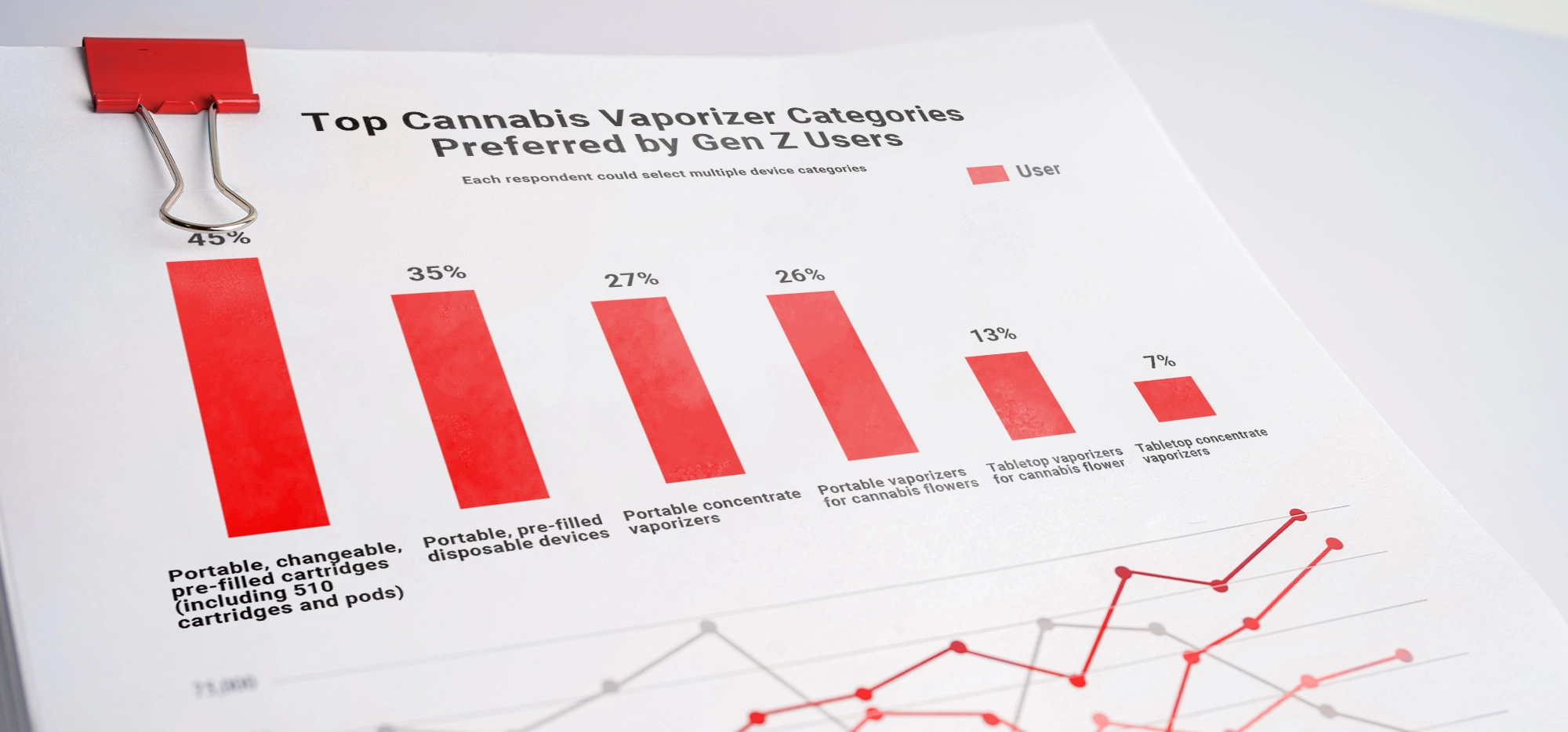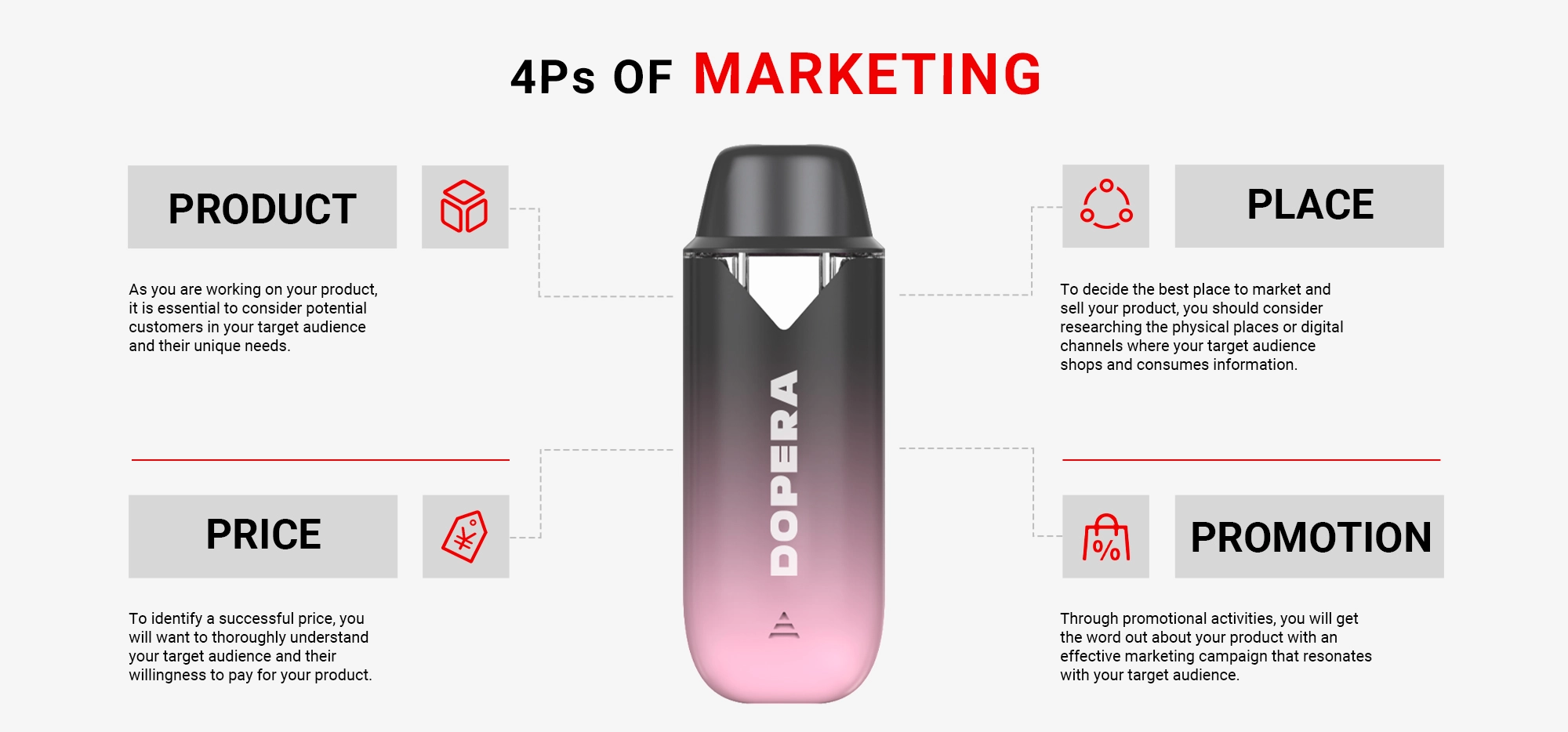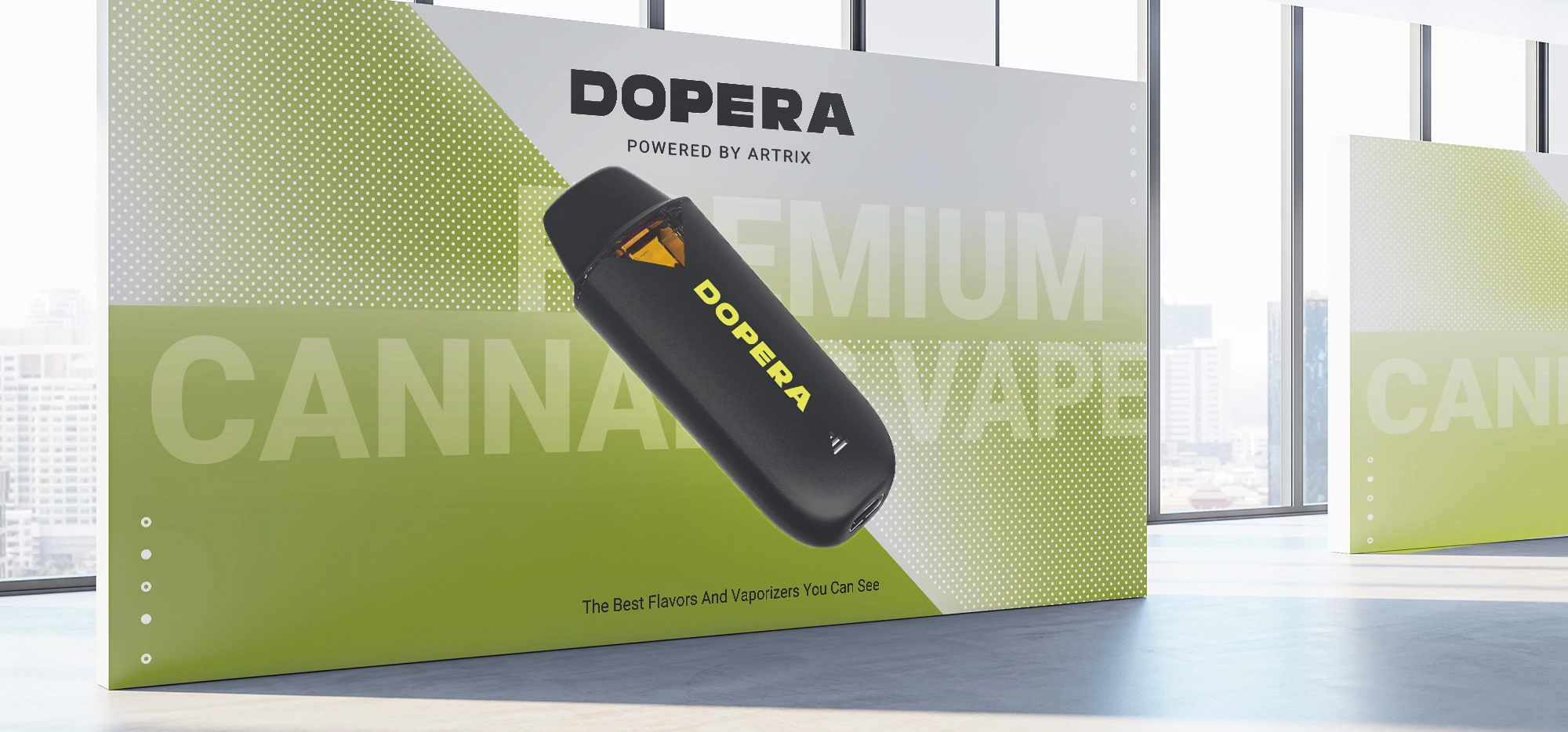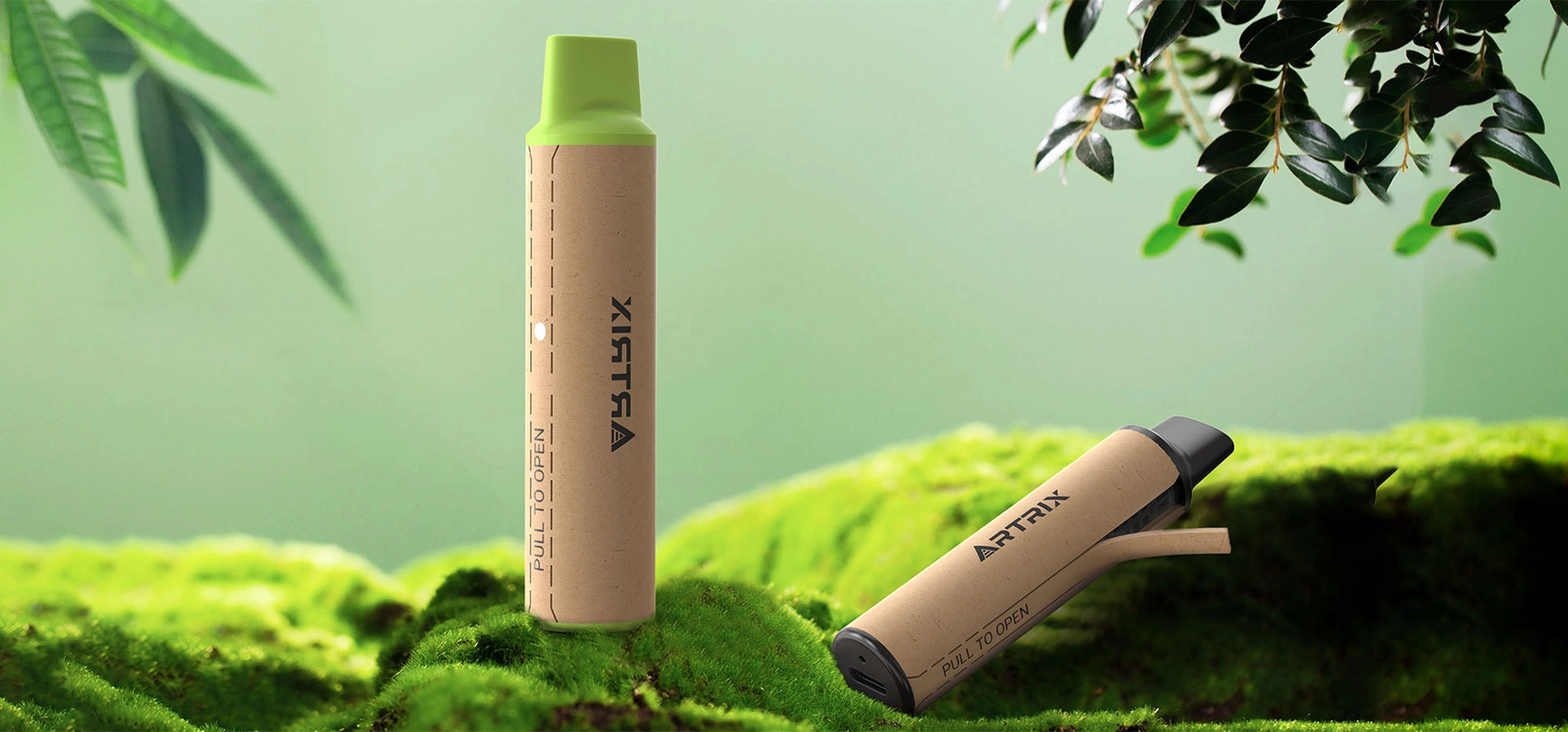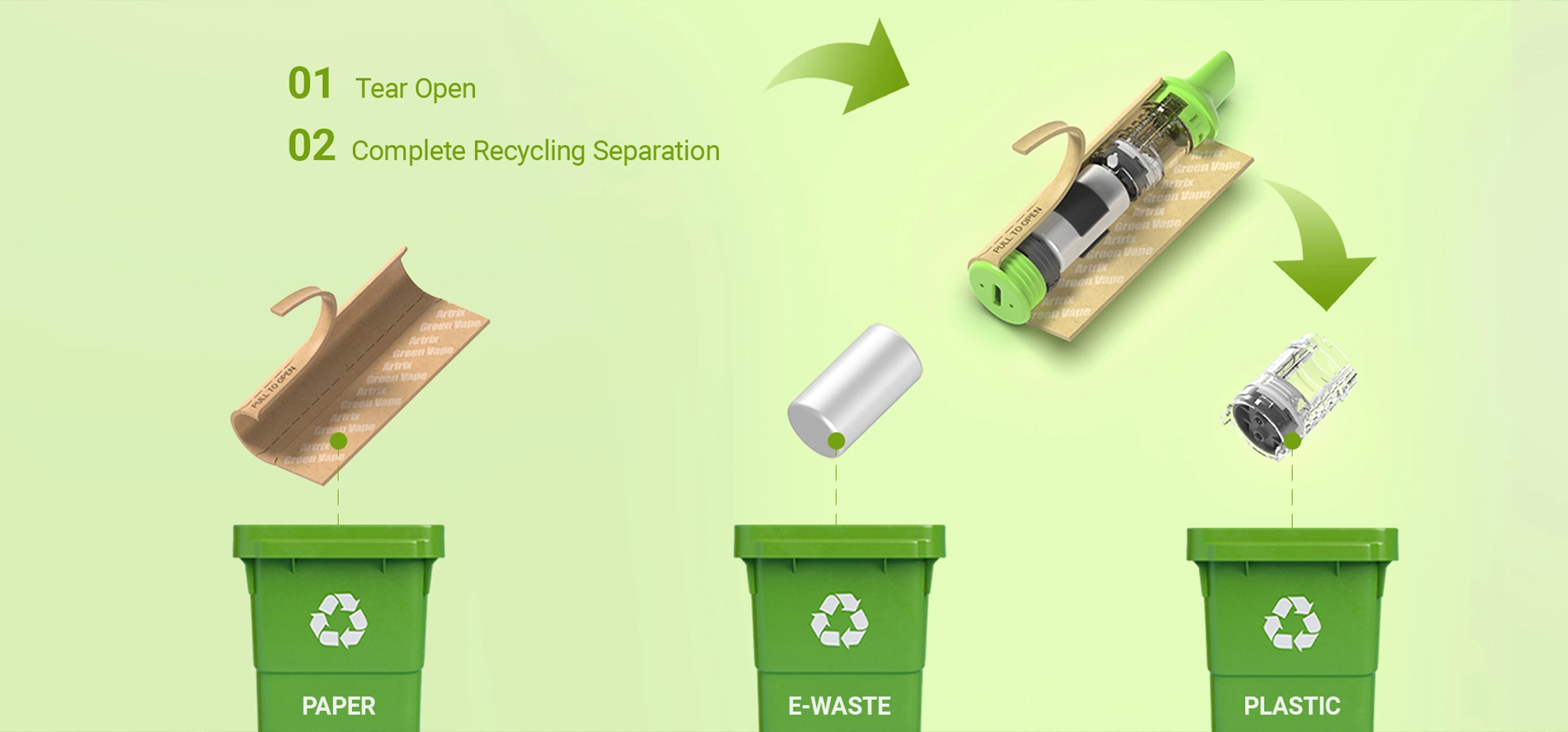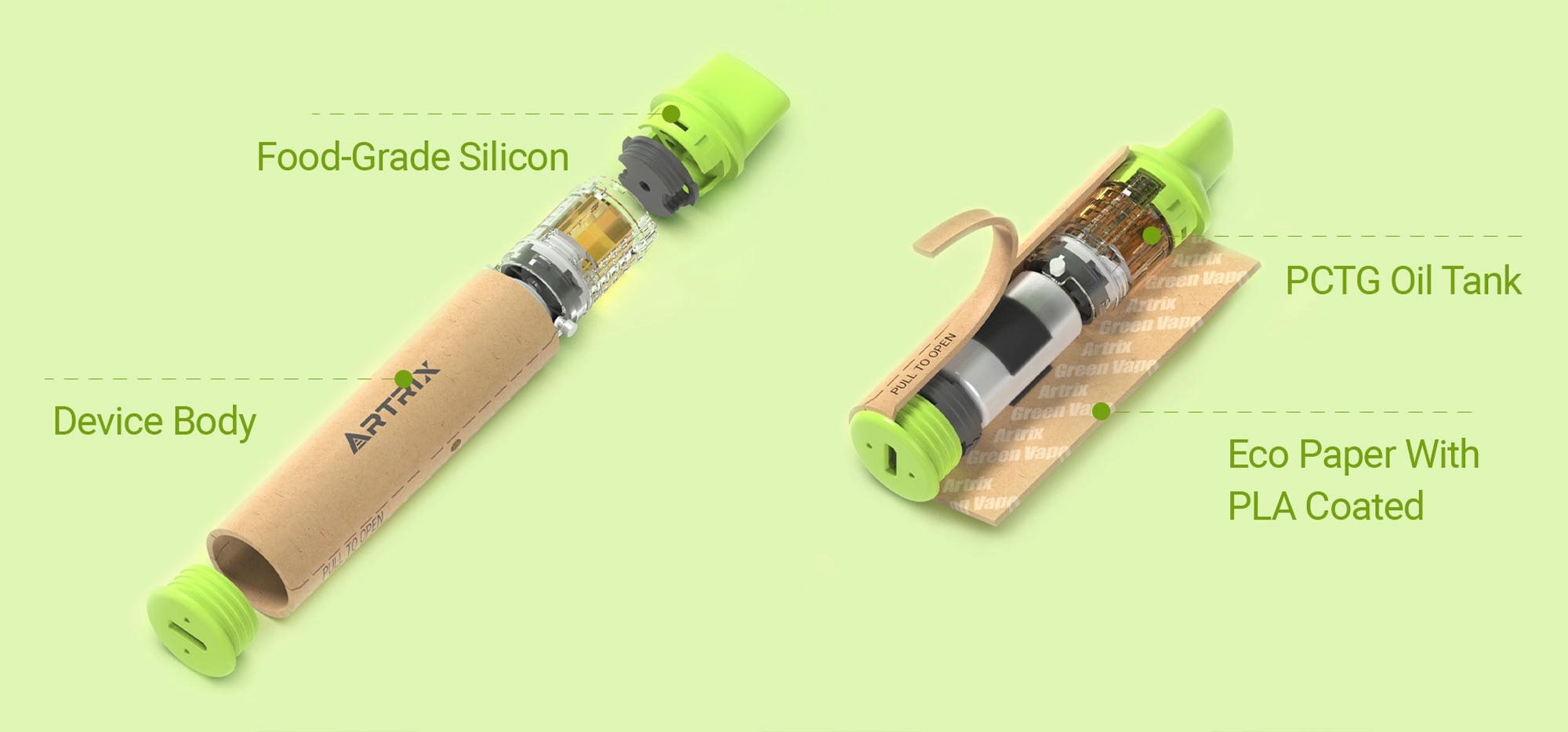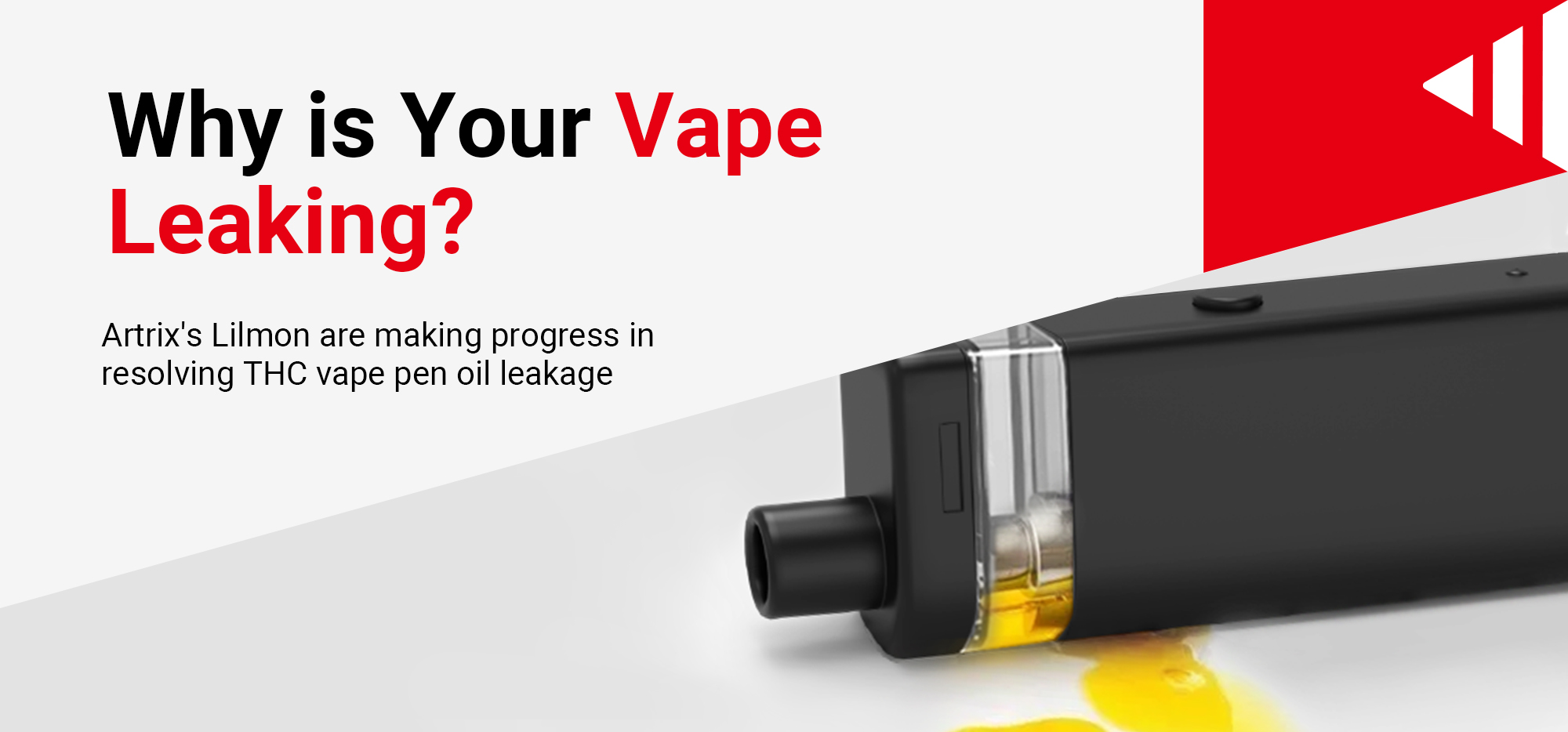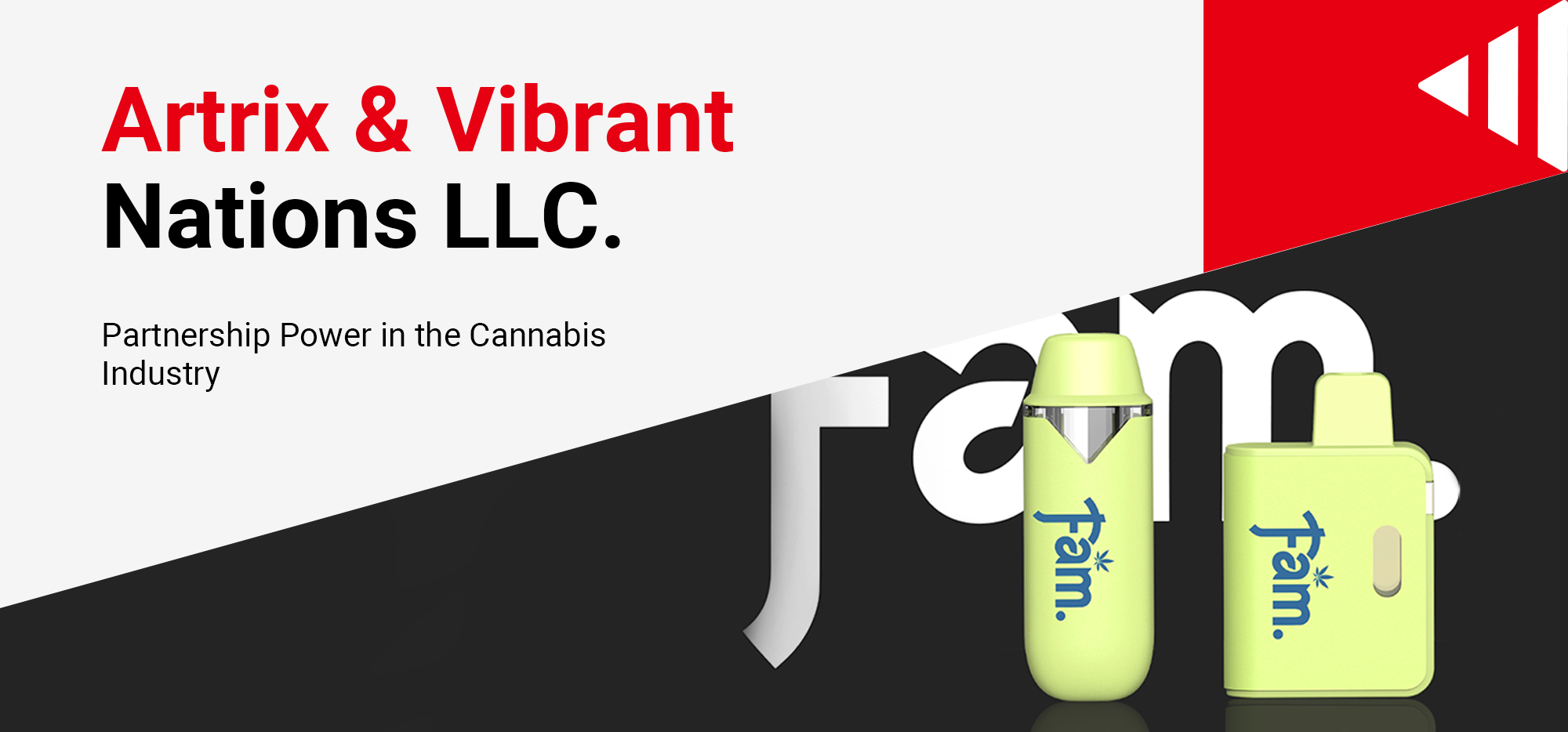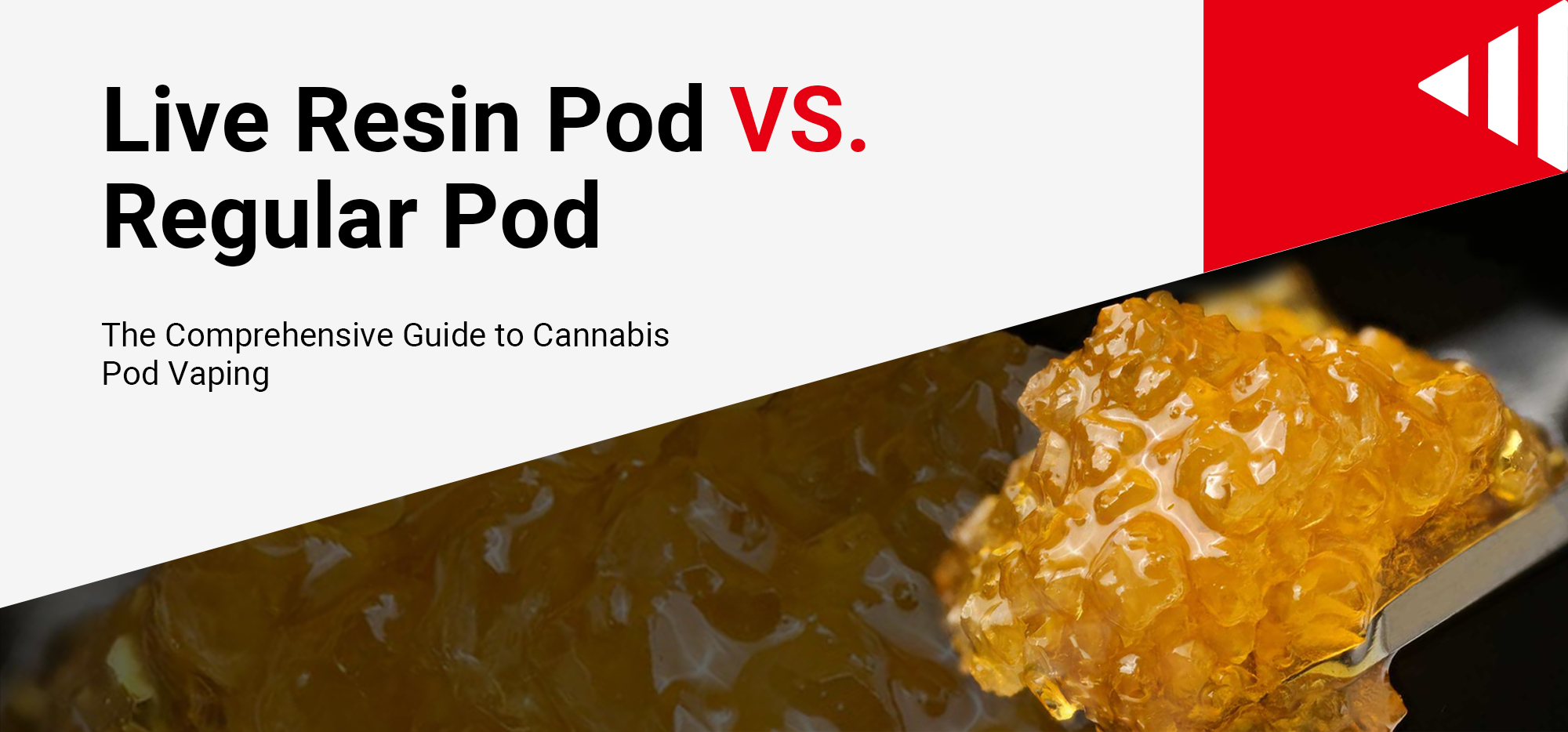The Hidden Dangers in Weed Vapes: Pesticides & Heavy Metals
California Weed Pesticides from L.A. Times
Recent findings from an investigation by the Los Angeles Times and WeedWeek have brought to light serious safety concerns regarding weed vapes and other cannabis products sold in licensed California dispensaries. The investigation revealed that some vapes and pre-rolled joints from popular brands contained unsafe levels of pesticides that exceeded both state limits for marijuana and federal standards for tobacco products.
One alarming case involved a vape from Stiiizy, California’s top-selling cannabis brand, which contained over 60 times the federal government’s maximum level for the pesticide pymetrozine. This chemical is banned in Canada, the United Kingdom, and Norway. Despite these high levels, the vape complies with California regulations because the state does not require cannabis products to be tested for pymetrozine. This regulatory gap allows such dangerous contaminants to slip through, posing significant health risks to consumers.
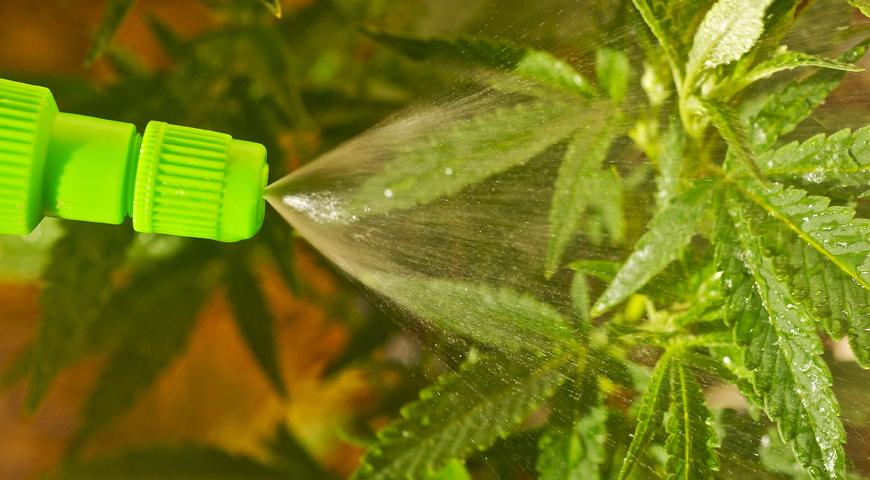
The Implications of Pesticide Contamination in Weed
Pesticides like pymetrozine can have severe health implications. Inhaling or ingesting such chemicals can lead to a variety of health issues, ranging from short-term effects like nausea and dizziness to long-term consequences such as respiratory problems and potential carcinogenic impacts. The fact that a top-selling product like Stiiizy’s weed vape can contain such high levels of pesticides underscores the need for stricter regulatory oversight.
The investigation also highlighted other instances where popular cannabis products contained levels of pesticides that far exceed safety standards. These findings raise significant concerns about the overall safety of cannabis products available in the market and the efficacy of current testing and regulatory frameworks.
Regulatory Gaps and the Need for Reform in Cannabis
There are significant regulatory gaps that need to be addressed. There are 66 pesticides California requires testing for, but it’s an outdated list, unchanged in roughly six years. Journalists from L.A. Times explain, “leave policing of the industry largely in the hands of labs financially beholden to the companies whose products they test,” Meanwhile, have remained largely silent, despite repeated calls for more comprehensive pesticide testing.
Currently, the California Department of Cannabis Control (DCC) has yet to propose new regulations and does not mandate testing for certain pesticides, including pymetrozine, in cannabis products. This regulatory loophole allows potentially harmful substances to make their way into consumer products. This situation calls for an urgent review and overhaul of existing regulations to include comprehensive testing for all potential contaminants.
Regulatory bodies need to adopt stricter standards that align with those used in other countries that have banned such pesticides. Additionally, there should be regular updates to the list of substances that require testing, based on emerging scientific evidence and international best practices.
Not Only Pesticides: Heavy Metal Risks in Weed Products
While pesticides in weed vapes are a significant concern, they are not the only threat. Consumers and regulatory bodies must also pay attention to the dangers posed by heavy metals in cannabis vaporization devices.

Heavy metals in vape products present serious health risks. These metals, including lead, cadmium, and arsenic, can leach into cannabis oil and be inhaled by users, leading to potential poisoning and long-term health issues. Past incidents have shown that heavy metals in vaporization devices can cause harm to consumers. For instance, reports of lead poisoning from contaminated vape cartridges have underscored the urgent need for rigorous testing.
There have been several reports of heavy metal contamination in weed products. In one notable case, vape cartridges were found to contain dangerously high levels of lead. This incident led to numerous health problems for consumers, including symptoms of lead poisoning such as abdominal pain, headaches, and cognitive issues. Such cases highlight the critical need for comprehensive testing and stringent regulations to prevent heavy metal contamination.
The Dangers of Heavy Metals in Weed Vapes
Heavy metals are toxic and can cause a range of health problems. Lead exposure, for example, can lead to neurological damage, particularly in young children and pregnant women. Cadmium exposure is linked to kidney damage and bone fragility, while arsenic is a known carcinogen that can cause skin, lung, and bladder cancers.
These metals can contaminate cannabis products in various ways. They might be present in the soil where the cannabis plants are grown, in the fertilizers used, or they might leach from the materials used in the manufacturing of vaporization devices. Once these metals enter the human body, they can accumulate and cause significant health issues over time.
The Importance of Heavy Metal Testing for Cannabis Brands and Users
Stringent testing for heavy metals in weed vapes is essential. Regulatory bodies, such as the state Department of Cannabis Control (DCC), play a critical role in enforcing these tests. By setting and maintaining strict standards, these agencies can help protect consumers from the dangers of heavy metal contamination.
The Role of Regulatory Bodies in Weed Vape Consumption
The DCC and other regulatory bodies must ensure that all weed vape products undergo rigorous testing for heavy metals. This includes not only the cannabis itself but also the vaporization devices used to consume it. These bodies should establish clear guidelines for acceptable levels of heavy metals and ensure that all products on the market comply with these standards.
Regular inspections and random testing of products can help maintain high safety standards. Additionally, regulatory bodies should work closely with manufacturers to ensure they understand and comply with these requirements.
How to Buy Safe Vape for Weed Vapers
The recent investigation into pesticides and heavy metals in California’s weed vapes highlights significant health risks. Consumers should also play an active role in ensuring their safety. They should purchase products only from reputable brands and dispensaries that prioritize quality and safety. Checking for lab test results and certifications can provide additional assurance that the products are safe to use.
Consumers must remain informed and choose products that prioritize safety. By selecting products from reputable brands that adhere to stringent testing standards, consumers can help ensure their safety and well-being in the burgeoning cannabis market.
How to Choose Reliable Vape Devices for Brands
Cannabis brands must prioritize safety by selecting weed vape devices that have passed rigorous metal risk tests. Leading cannabis vape hardware brands like Artrix lead the industry by ensuring that all their products undergo authoritative third-party testing for metal risks. Artrix’s commitment to safety involves strict quality control measures, from sourcing materials to final product testing, along with expansive GMP and FDA standard manufacturing plant is our specialty to ensure that consumers receive safe and reliable devices.

To ensure the safety and quality of cannabis vaporization devices, cannabis hardware brands should implement several key practices. First, they should source high-quality materials that are free from contaminants. Second, they should subject their products to third-party testing to verify that they meet safety standards for heavy metals. Finally, they should maintain transparency by making test results available to consumers.
Addressing these issues requires a concerted effort from both regulatory bodies and the cannabis industry. Stricter regulations and comprehensive testing can help eliminate dangerous contaminants from cannabis products, ensuring that consumers can enjoy the benefits of cannabis without compromising their health.

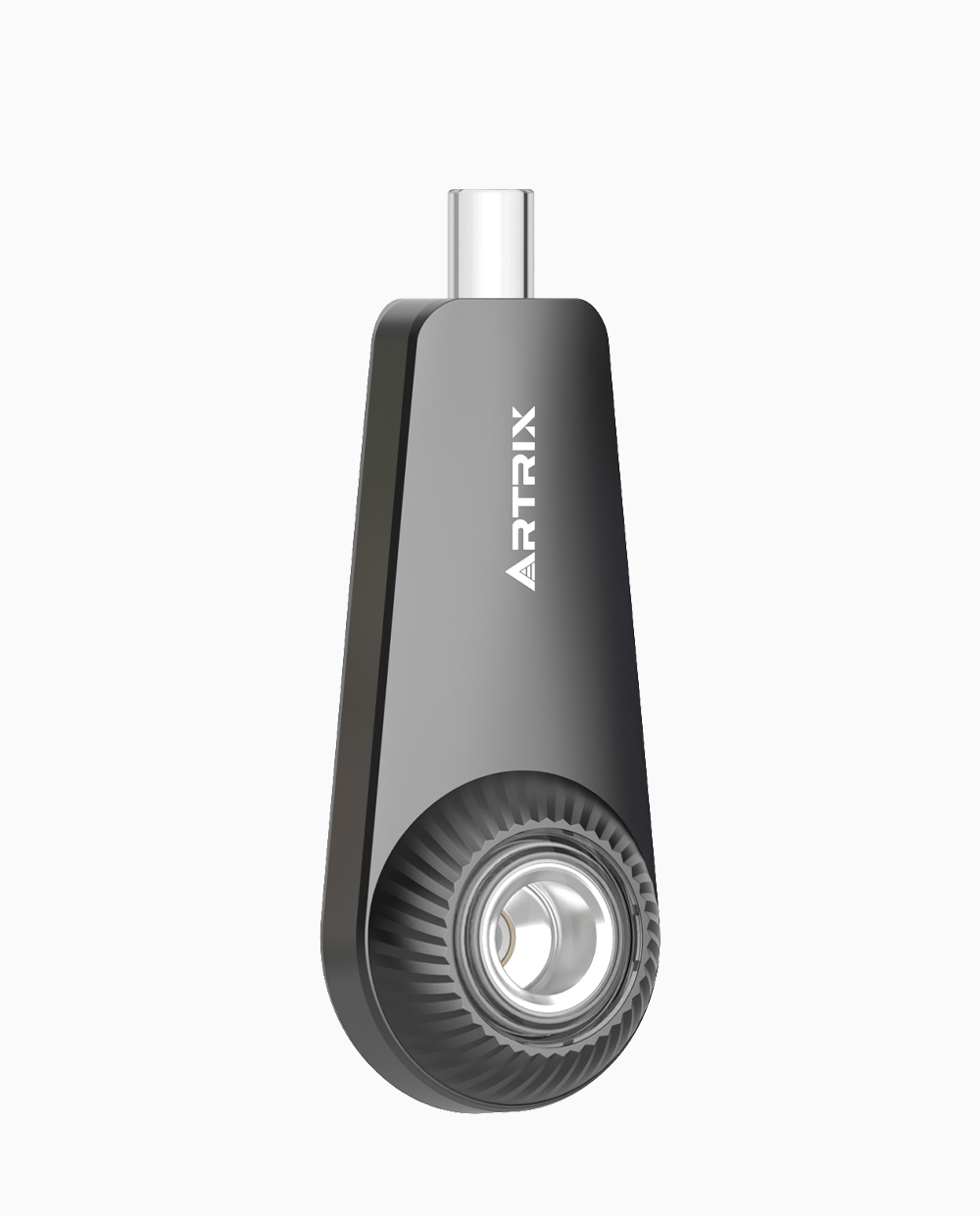

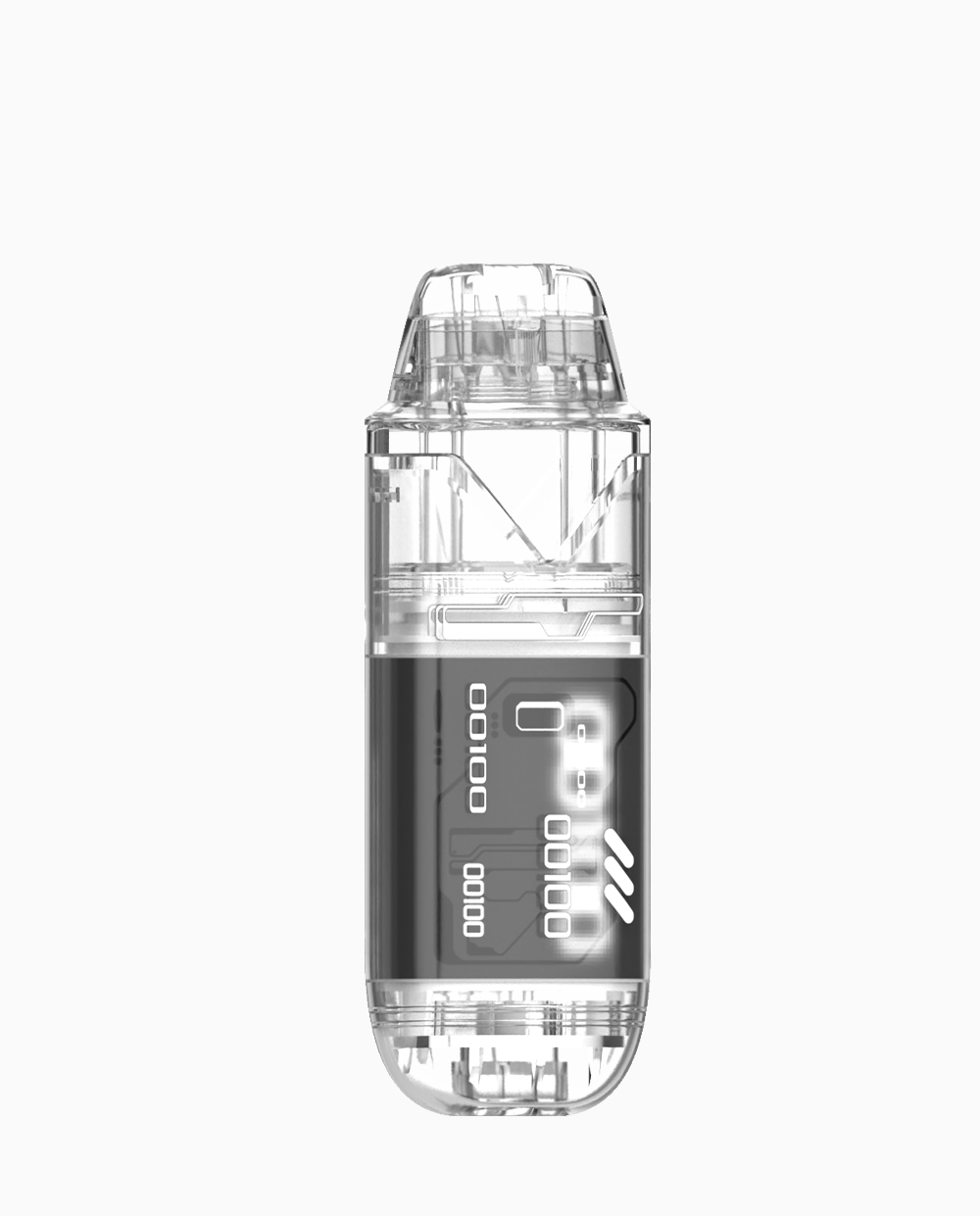
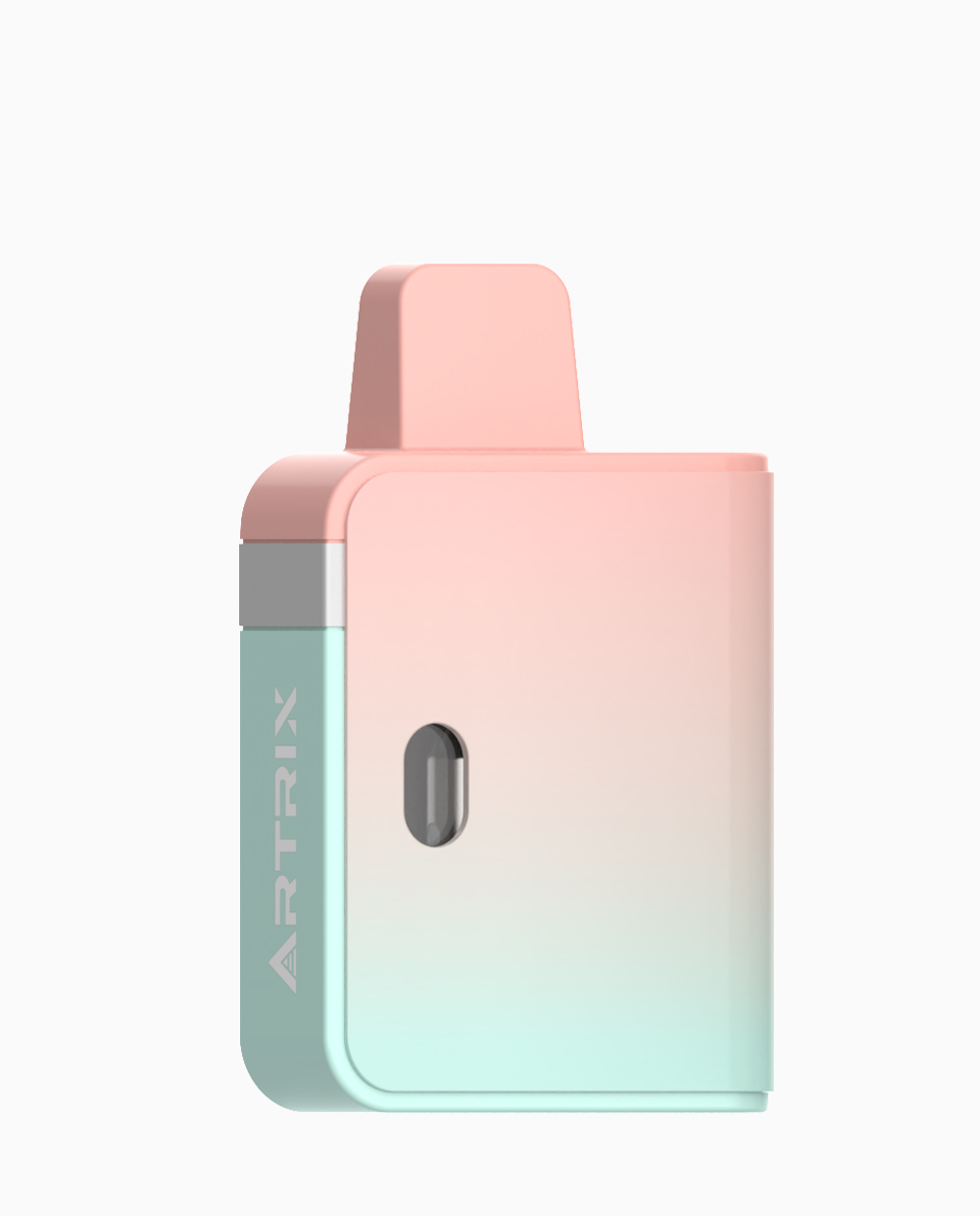

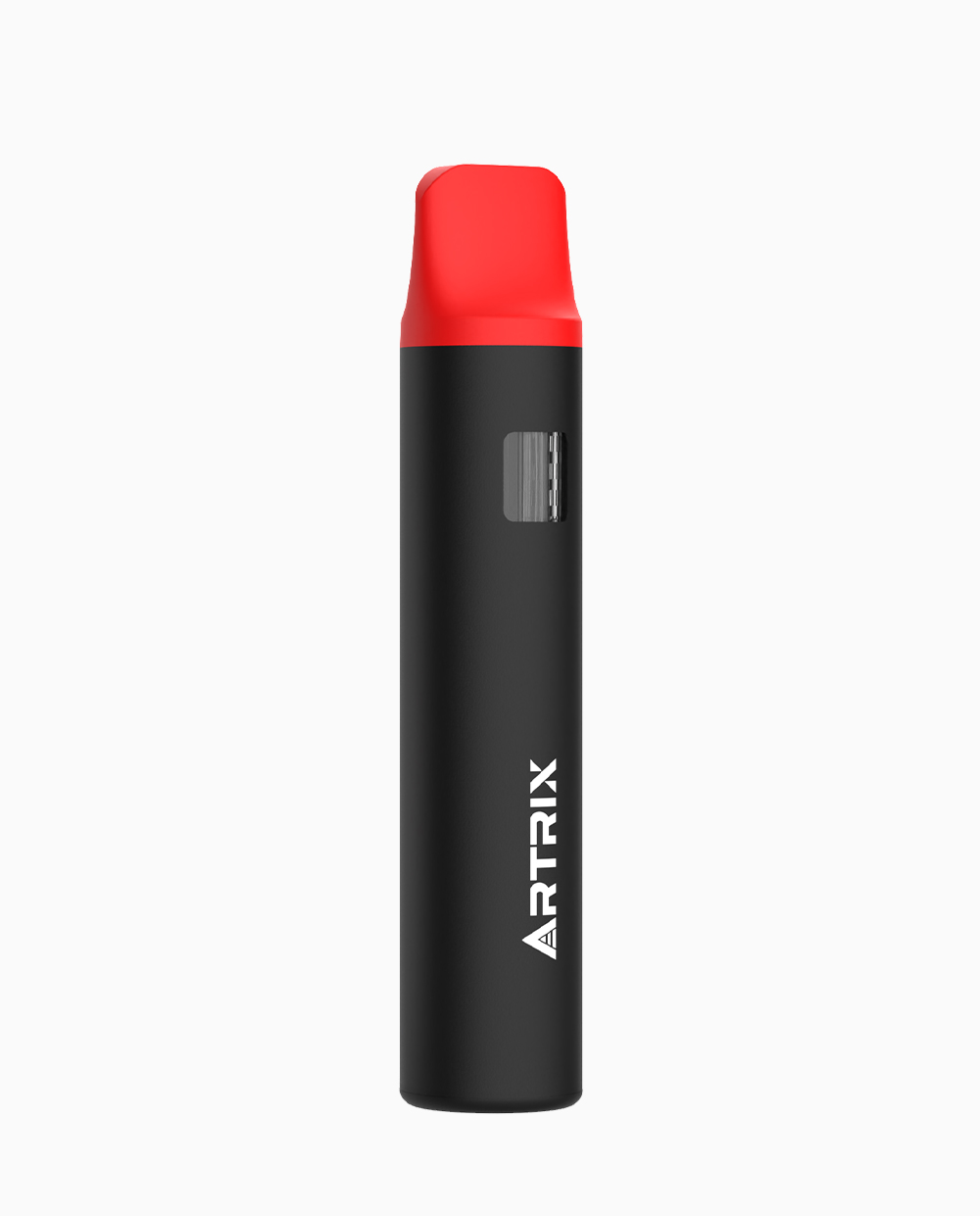
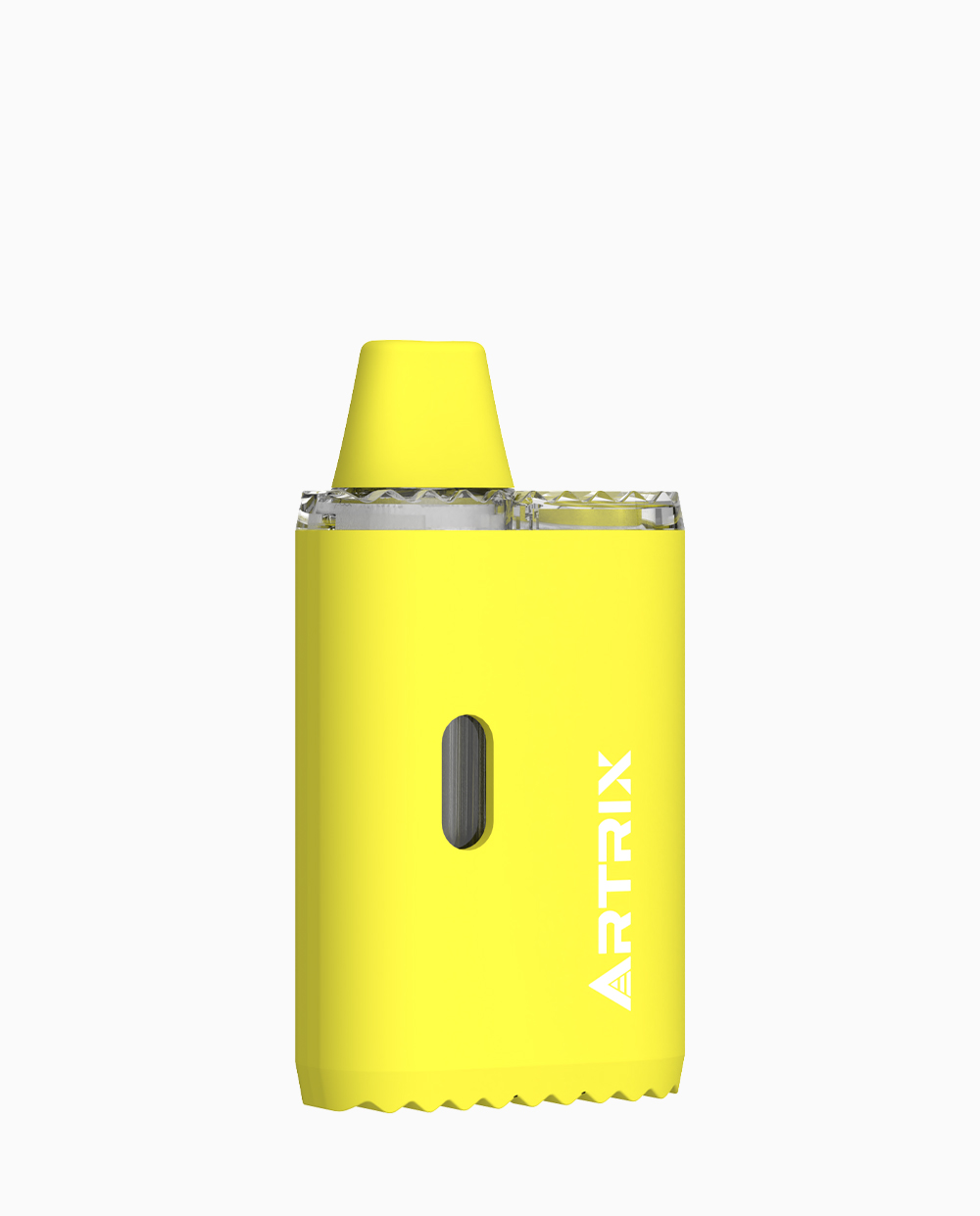




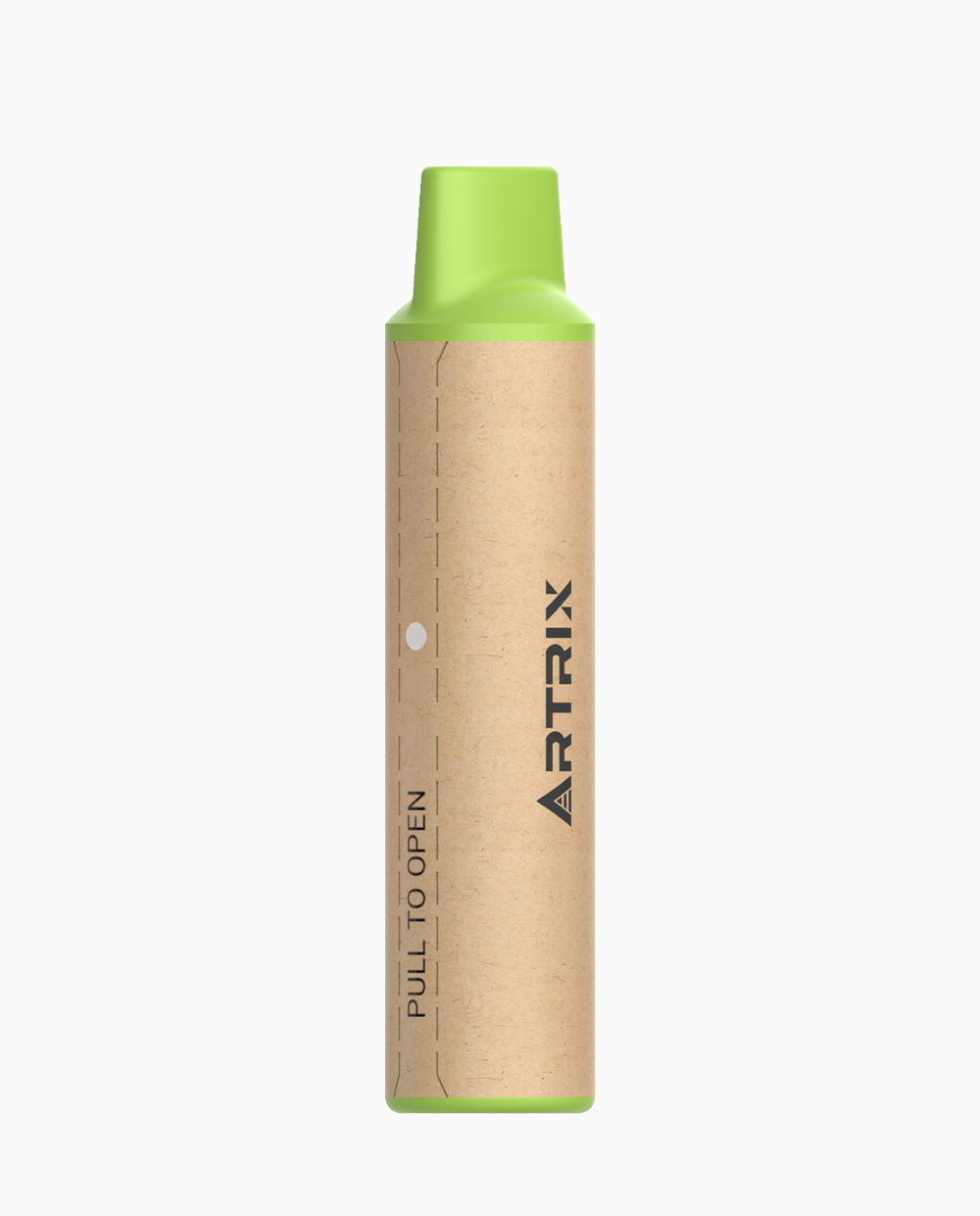

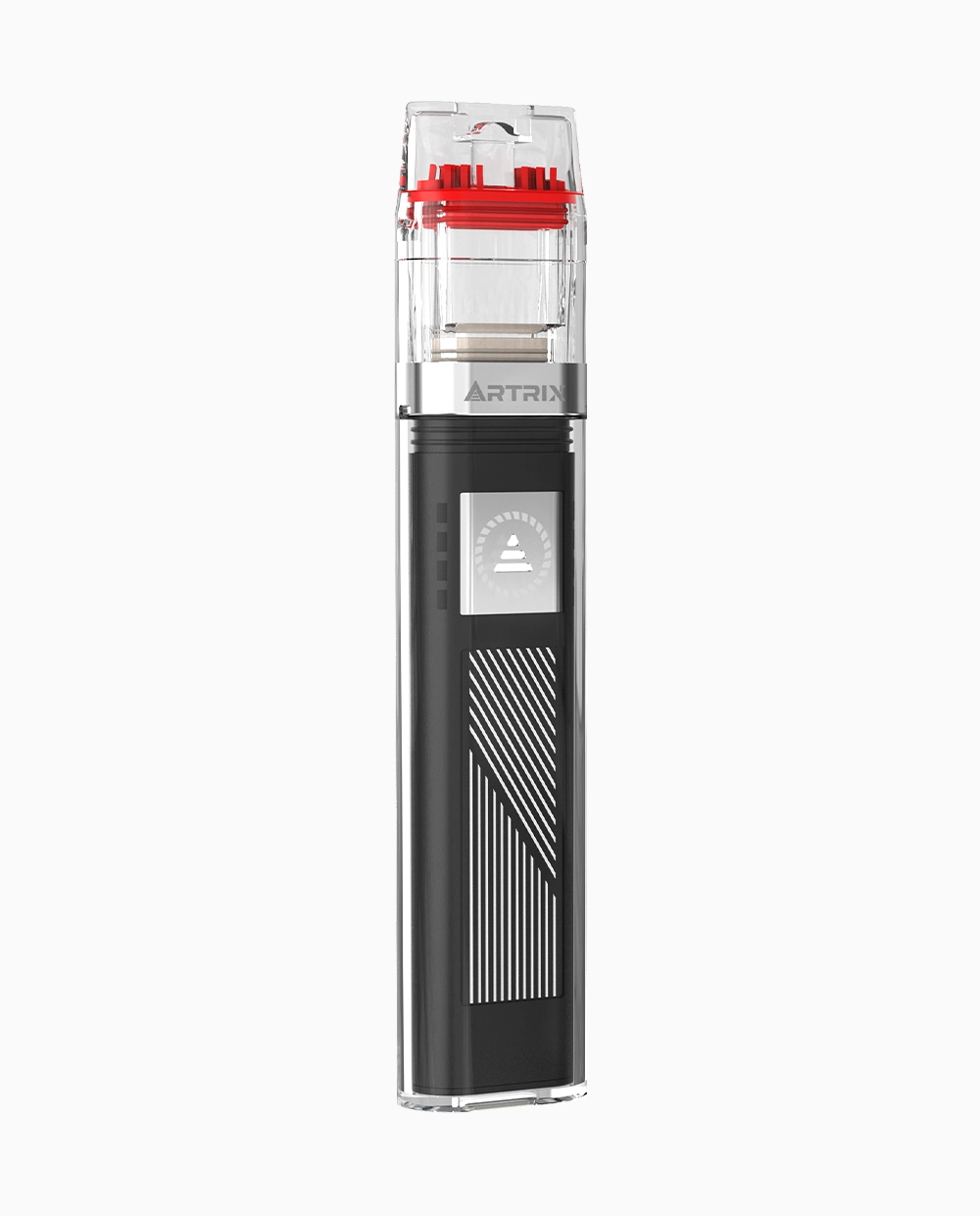
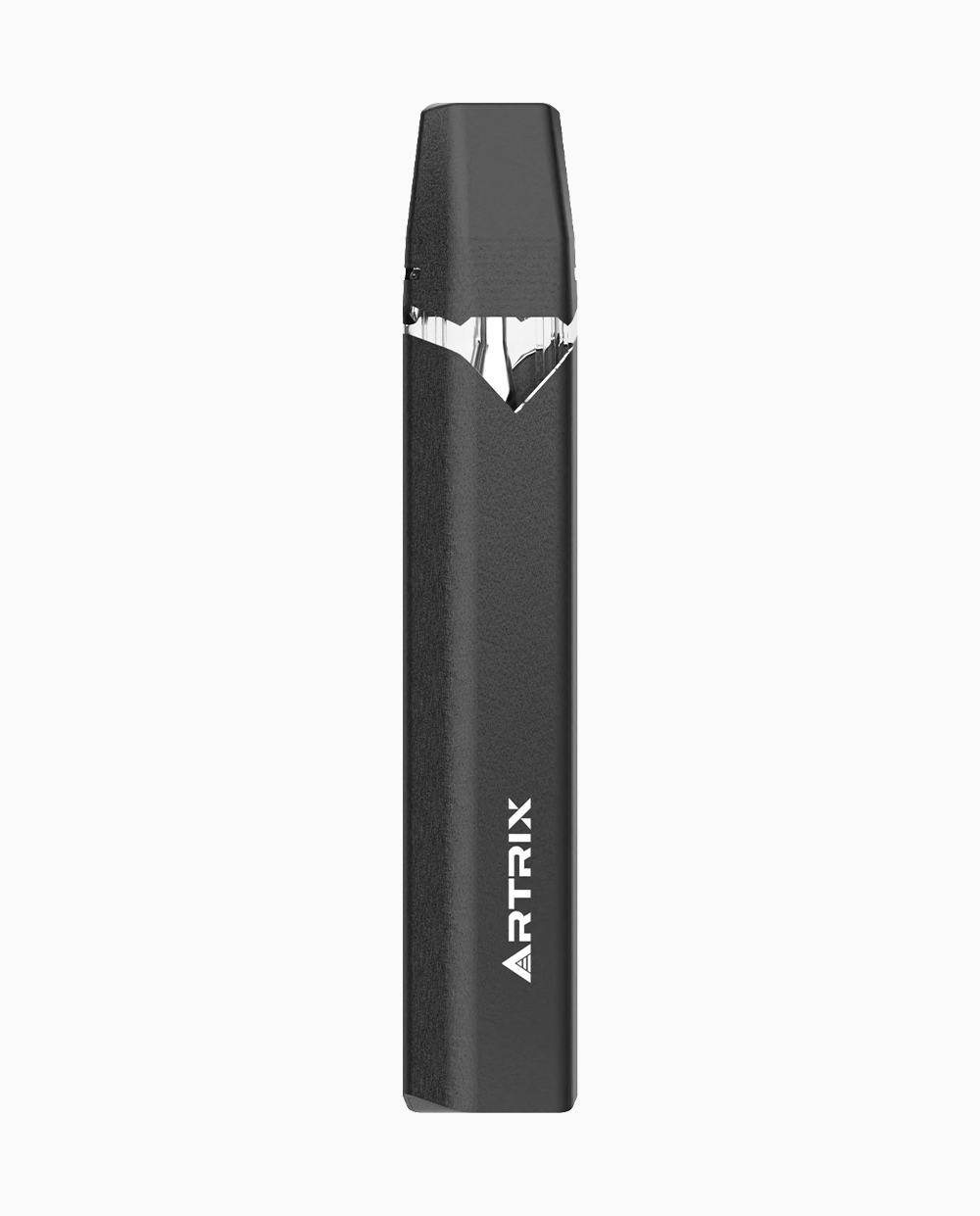
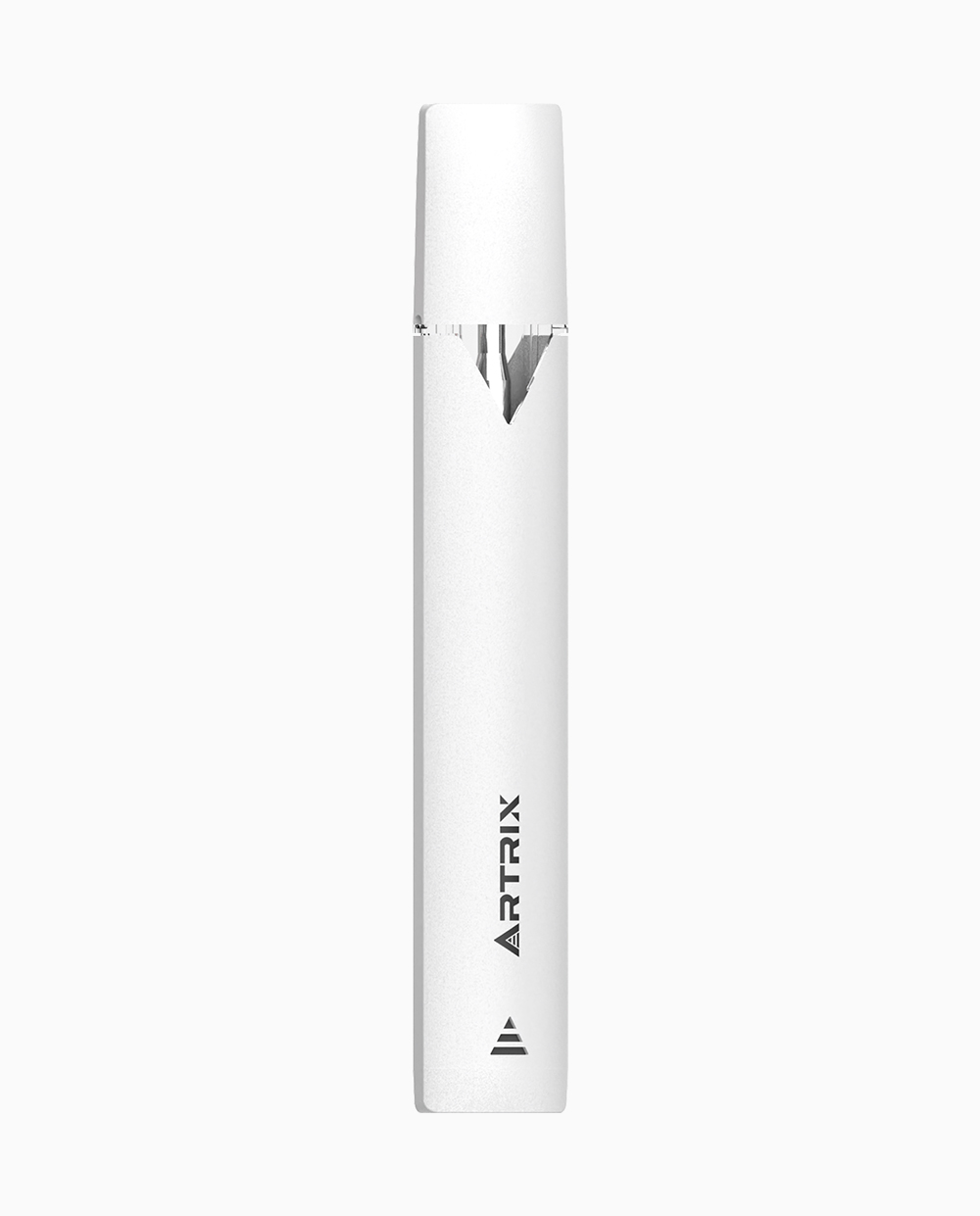
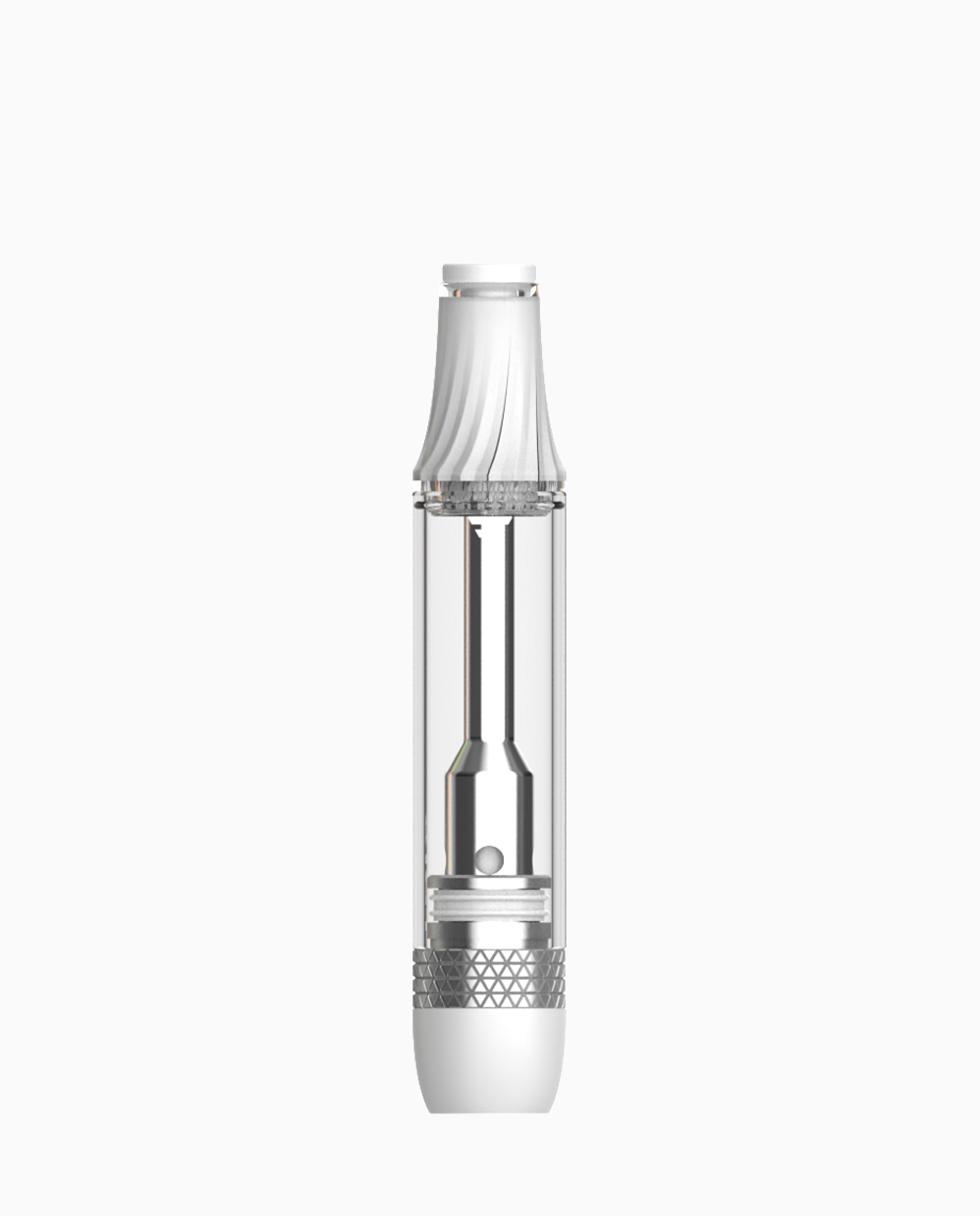

-1.webp)
-1.webp)
-2.webp)


























